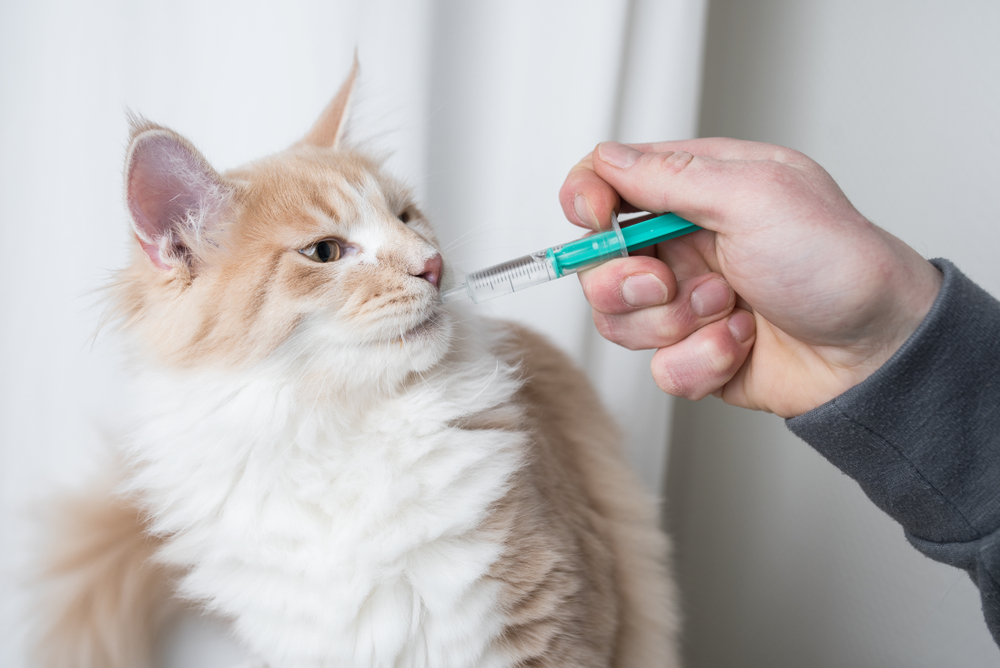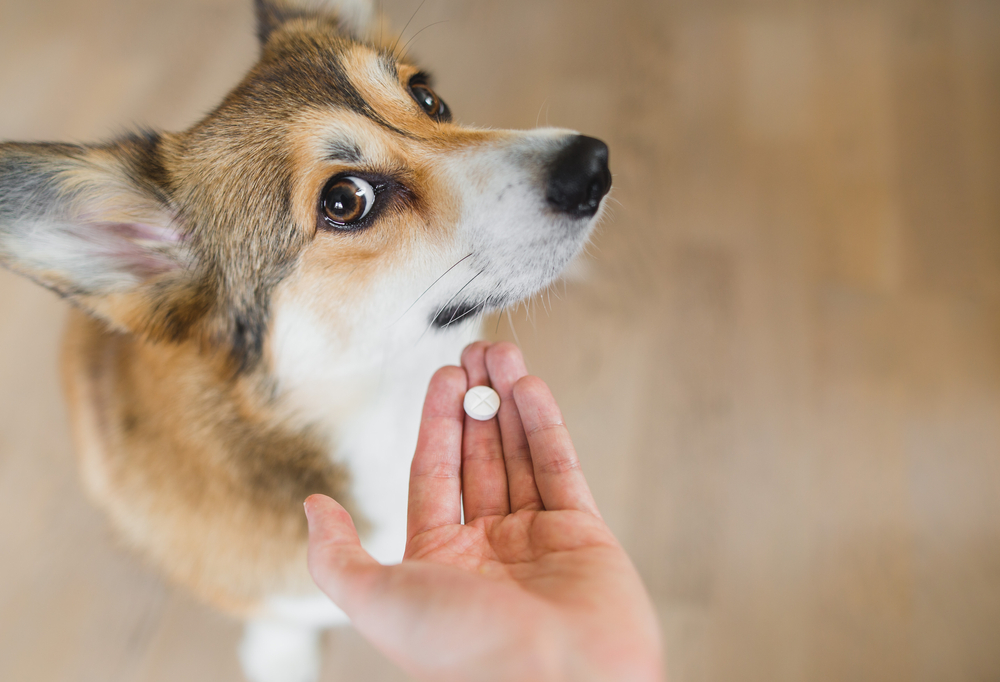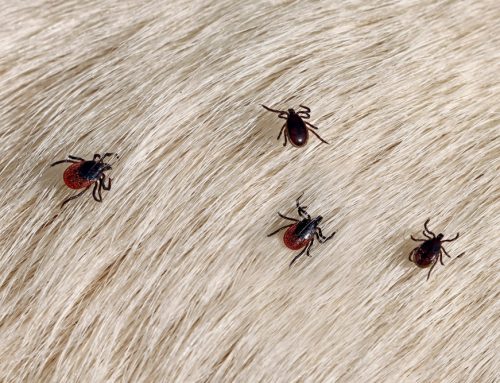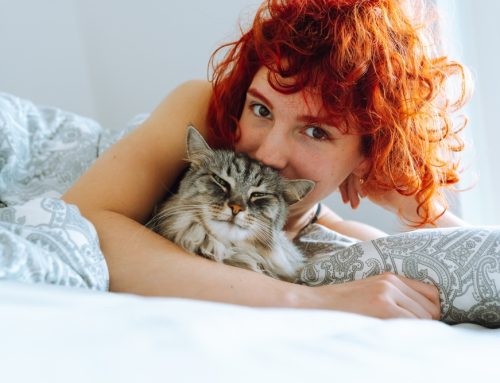Medicating your pet can be difficult, especially if they run and hide when they hear the pill bottle rattle. Our Best Friends Veterinary Care team knows how frustrating getting meds into a pet can be, and we offer expert tips to help make the process easier.
#1: Carefully read your pet’s medication label
The first and most important step to medicating your pet is to understand the directions. How often should their doses be given? How much medication do they need? Keep in mind that one pill twice a day is not the same thing as two pills once a day. Should the medication be given with food or on an empty stomach? Are there warnings about combining certain medications? Carefully read your pet’s medication label, and if you have any questions or concerns, contact our Best Friends Veterinary Care team to get clarification before giving your pet their medication. In addition, ensure you always finish your pet’s medication as prescribed and never share medications between pets.
#2: Condition your pet to take medication
Many pets refuse unfamiliar “treats” (i.e., disguised medication), and teaching them to accept different foods is easier when they are healthy. Tips include:
- Practicing at mealtimes — Your pet is more likely to try new offerings when they are hungry, and you can use their familiar meal portions for training.
- Offering numerous foods — Offer a wide variety of items to find flavors your pet enjoys. Recommendations include peanut butter, cream cheese, processed soft cheese, canned, unsweetened pumpkin, pate-style canned food, hot dogs, tuna, and scrambled eggs. Offer a portion about twice the size of the average capsule or tablet.
- Adding texture — Add a crispy or crunchy texture to soft food to further disguise medication. Good choices include dog or cat kibble, tortilla chips, bacon bits, and crushed cheese curls.
In addition to getting your pet accustomed to new flavors and textures, get them used to having their mouth handled. This will help if you have to place the pill in their mouth or administer liquid medication through a syringe.
#3: Disguise your pet’s medication
Once you know your pet’s favorite treat, hide their medication in their preferred snack, ideally something that has a strong odor. You can use any of the above suggestions or commercially available pill pockets. Also, ensure your pet is occupied in another room and can’t watch as you prepare their medication. Be careful not to rattle the pill bottle, which may tip your pet off that medication is coming their way.
#4: Get crafty when medicating your pet
Your pet is smart, and they may quickly realize that the yummy treat you offer contains a not-so-enticing surprise. Get crafty so your pet doesn’t learn your tricks. Tips include:
- Making several treats — Make three or four treats, but only put medication in one. Toss your pet an unmedicated treat first, so they’re less likely to be suspicious.
- Treating everyone — If you have a multi-pet household, treat time is likely competitive. During these situations, most pets gulp down the proffered treat without thinking. Gather your pets by letting them know treats are coming, and give treats to all of them, ensuring the right pet receives the medicated treat.
#5: Pill your pet
If your pet gets wise to your medicating techniques, you can pill your pet. Steps include:
- Using your non-dominant hand, gently hold your dog’s muzzle. For cats, grasp their head from the back, using your thumb and forefinger to put gentle pressure on their cheekbones.
- Using your dominant hand, hold your pet’s medication between your thumb and index finger.
- Tilt your pet’s head back and use the middle finger of your dominant hand to open their lower jaw.
- Place the medication as far back in your pet’s mouth as possible.
- Close your pet’s mouth and gently massage their throat to encourage swallowing.
#6: Make your pet’s medication into a liquid or paste
Some pets absolutely refuse to take a pill or capsule regardless of your approach. Consult your veterinarian to see if your pet’s medication can be crushed, and if this is an option, potential delivery methods include:
- Making a paste — Put the crushed medication in peanut butter or anchovy paste and smear the mixture on your pet’s paw. Most pets will lick away the medicated paste.
- Making a liquid — Dissolve the crushed medication in water and use a needleless syringe to administer the medication into their mouth. Plunge the syringe slowly so your pet has time to swallow.
#7: Ask for help when medicating your pet
Wrangling a squirmy fur ball can be difficult, and sometimes having an extra set of hands is helpful to medicate your pet. Have a family member or friend restrain your pet while you administer their medication. For your feline friend, wrapping them in a towel may help get the job done and protect you from claw marks.
#8: Ask if your pet’s medication can be compounded

Certain medications can be compounded to make them taste better and easier to administer. If you have trouble medicating your pet, ask our team if their medication can be compounded.
Don’t get upset if your pet is less than cooperative about taking their medication. Contact our Best Friends Veterinary Care team so we can offer assistance and determine the best approach to ensure your pet gets the medication they need.








Leave A Comment